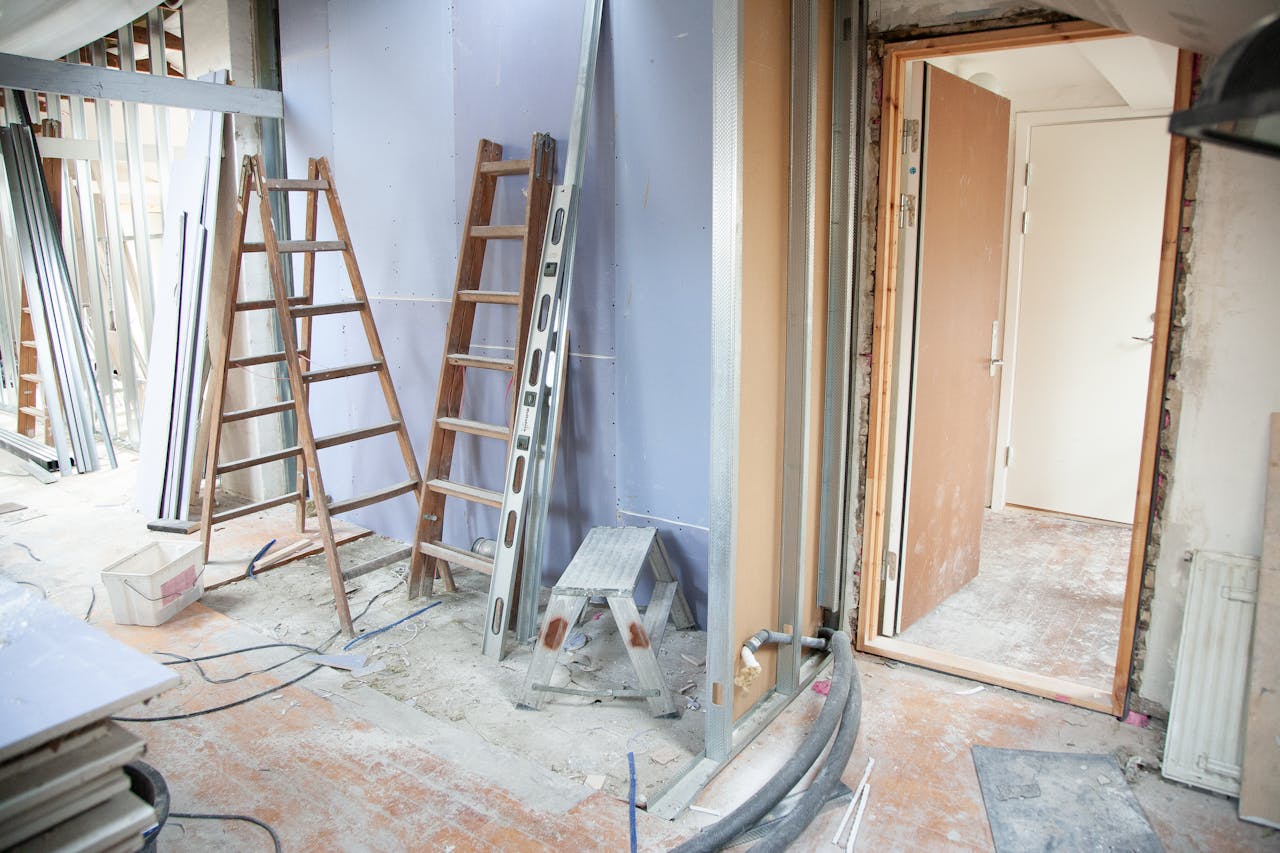Buying a Fixer-Upper: Pros, Cons, and Renovation Tips
Purchasing a fixer-upper can be an appealing option for homebuyers looking to customize their dream home or invest in a property with potential for appreciation. However, it also comes with its own set of challenges and considerations. Let's explore the pros and cons of buying a fixer-upper, along with some renovation tips to help you make the most of your investment:


Pros
1. Lower Purchase Price
Fixer-uppers are often priced lower than move-in ready homes, allowing buyers to potentially save money upfront and build equity through renovations.
2. Customization and Personalization
Buying a fixer-upper gives you the opportunity to customize the home to your preferences and lifestyle, from layout and design to fixtures and finishes.
3. Investment Potential
With the right renovations and improvements, fixer-uppers can increase in value over time, offering the potential for a profitable return on investment (ROI) when it's time to sell.
4. Creative Freedom
Renovating a fixer-upper allows you to unleash your creativity and tackle DIY projects, whether it's updating the kitchen, remodeling the bathroom, or adding a new living space.
Cons
1. Renovation Costs
While fixer-uppers may have a lower purchase price, renovation costs can quickly add up, especially if major repairs or structural work is needed.
2. Time and Effort
Renovating a fixer-upper requires time, effort, and patience, as projects can take longer than expected and may encounter unforeseen challenges along the way.
3. Stress and Uncertainty
The renovation process can be stressful and overwhelming, particularly for first-time homebuyers or those with limited experience in home improvement projects.
4. Hidden Issues
Fixer-uppers may have hidden issues such as structural damage, water damage, or outdated electrical and plumbing systems, which can add complexity and cost to renovations.
Renovation Tips
1. Set a Realistic Budget
Before purchasing a fixer-upper, carefully assess your finances and create a realistic budget that accounts for both the purchase price and renovation costs. Factor in contingency funds for unexpected expenses.
2. Prioritize Renovations
Identify the most critical renovations and prioritize them based on your budget, timeline, and goals. Focus on projects that add value to the home and address safety, functionality, and curb appeal.
3. DIY vs. Hiring Professionals
Consider your skills, expertise, and availability when deciding whether to tackle renovation projects yourself or hire professionals. While DIY projects can save money, certain tasks may require specialized knowledge and experience.
4. Obtain Multiple Quotes
For major renovation projects, obtain multiple quotes from reputable contractors and tradespeople to ensure competitive pricing and quality workmanship. Research reviews and references before making hiring decisions.
5. Plan for the Future
When renovating a fixer-upper, consider your long-term needs and future resale value. Choose timeless design elements and durable materials that will stand the test of time and appeal to potential buyers.
6. Obtain Permits and Inspections
Ensure that all renovation work complies with local building codes and regulations by obtaining the necessary permits and scheduling inspections as required. Failing to obtain permits can result in fines and delays.


Buying a fixer-upper offers the opportunity to create a personalized and customized home while potentially saving money and building equity. However, it also comes with challenges such as renovation costs, time and effort, and hidden issues. By carefully weighing the pros and cons, setting a realistic budget, prioritizing renovations, and planning carefully, you can make the most of your fixer-upper investment and create the home of your dreams.












